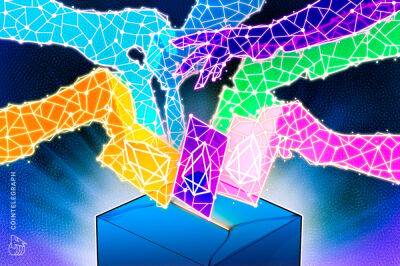BIS proposes research model to study DeFi’s integration with TradFi and its risks
The Bank for International Settlements looked under the hood of decentralized finance (DeFi) in a new working paper and introduced the DeFi stack reference (DSR) model to illustrate the technology’s functionality and risks. The report discussed the integration of DeFi with traditional finance and suggested ways to assess its risks during that integration.
The paper examined the architecture, technical primitives and functionalities of DeFi protocols in considerable technical detail. “A deep understanding of DeFi is still lacking in many circles,” the authors wrote, “which calls for a specific framework for an improved working knowledge of the technology.”
The effort is worthwhile, the paper argued, because of DeFi’s innovation:
Algorithmic automation, “competitive financial engineering” and transparency “are of interest well beyond cryptocurrency markets,” the paper said. By competitive engineering the authors meant composability, the combining of smart contracts to form complex and unique financial products.
The DSR model divides DeFi into three layers: interface, application and settlement, with sublayers allowing for the variation seen across DeFi technologies. The paper used a variety of tokens, blockchains and financial services in its examples. The run on Terra (LUNA) was discussed in detail for its informational value and as an example of the effectiveness of the authors’ investigation technique.
Related: Bank for International Settlements will test DeFi implementation in forex CBDC markets
This working paper appeared the same week as the World Economic Forum (WEF) released an overview of decentralized autonomous organizations. The two works are highly complementary, as the WEF publication was equally comprehensive
Read more on cointelegraph.com





















